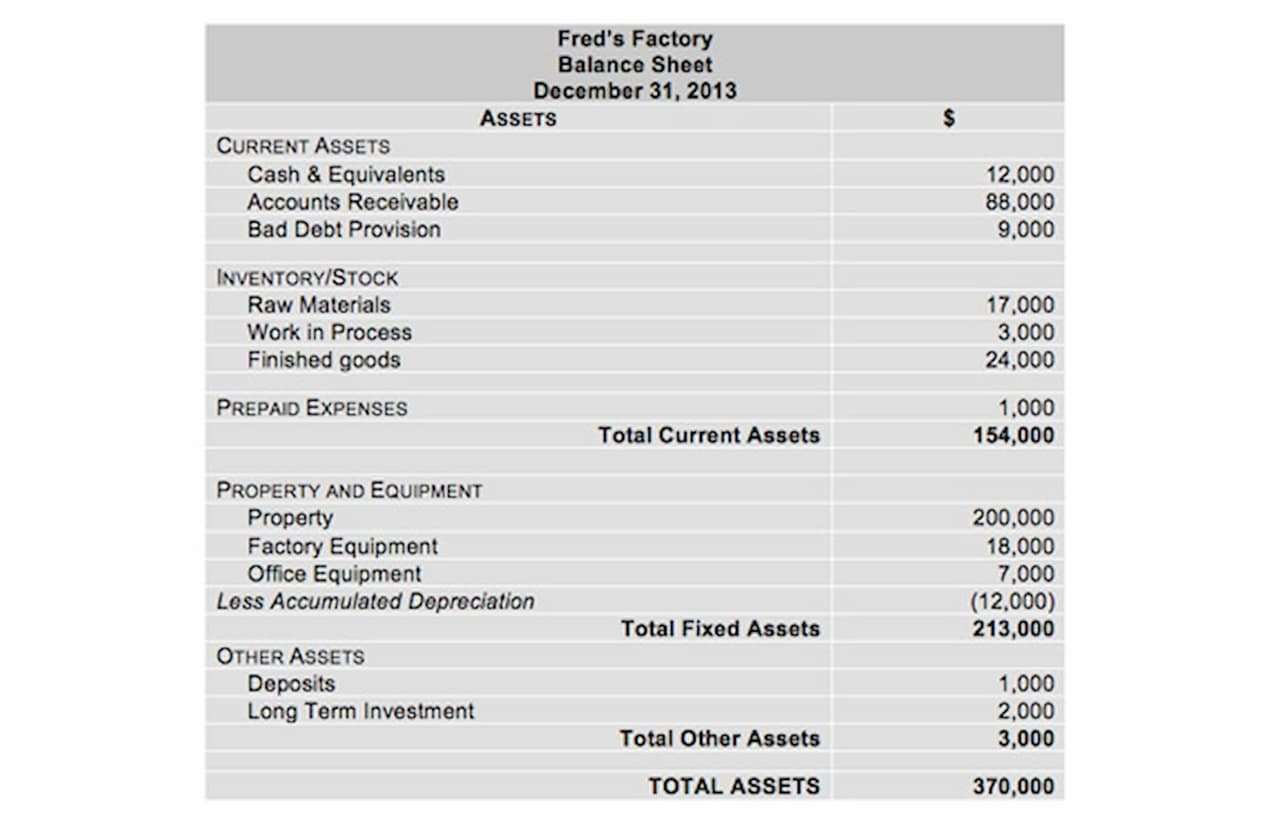
So even from an accounting point of view, it balances and can be ignored when thinking about the entire picture of changes in working capital. The math is basic, but there is more to think about beyond just subtracting current liabilities from current assets. Consider the context surrounding any change in working capital, as implications vary by industry or specific business strategy. Some businesses might intentionally operate with lower working capital due to highly efficient inventory turnover or strong customer prepayment terms. Interpreting the change requires looking beyond the number itself and considering other financial metrics and industry norms.

Key Highlights
This means looking at current year-end balances versus prior year-end balances for each relevant account. For instance, to find the change in accounts receivable, subtract the prior year’s balance from the current year’s. This comparative method applies to inventory, accounts payable, and other current accounts. Imagine if Exxon borrowed an additional $20 billion in long-term debt, boosting the current amount of $40.6 billion to $60.6 billion. The amount would be added to current assets without any debt added to current liabilities; since current liabilities are short-term, one year or less, and the $40.6 billion in debt is long-term. As a general rule, the more current assets a company has on its balance sheet relative to its current liabilities, the lower its liquidity risk (and the better off it’ll be).

Revenue Reconciliation
HighRadius leverages advanced AI to detect financial anomalies with over 95% accuracy across $10.3T in annual transactions. With 7 AI patents, 20+ use cases, FreedaGPT, and LiveCube, it simplifies complex analysis through intuitive prompts. Backed by 2,700+ successful finance transformations and a robust partner ecosystem, HighRadius delivers rapid ROI and seamless ERP and R2R integration—powering the future of intelligent finance. The change in net working capital refers to the difference between the net working capital of a company in two consecutive periods. It is calculated by subtracting the net working capital of the earlier period from that of the later period. Improving working capital management isn’t a one-time fix; it’s an ongoing process of monitoring, analyzing, and adjusting.
- So even from an accounting point of view, it balances and can be ignored when thinking about the entire picture of changes in working capital.
- To illustrate, consider a business that reported current assets of $500,000 and current liabilities of $300,000 in 2023, resulting in net working capital of $200,000.
- Monitoring and regular analysis of working capital components are essential to ensure sustainable positive changes.
- One 2022 study found that 58% of small to midsize businesses experience late payments from customers.
- It allows businesses to identify areas for improvement and make strategic decisions to optimize cash flow.
- The metric known as the current ratio can be useful as well when assessing working capital.
FAQ: Change in Working Capital
We might also use a slightly higher number if these percentages were higher in historical periods further back. For both companies, the Change in WC is a fairly low percentage of Revenue, which tells us that it’s not that significant in either case. When the company finally sells and delivers these products to customers, Inventory will go back to $200, and the Change in Working Capital will return to $0. A better definition is Current Operational Assets minus Current Operational Liabilities, which means you exclude items like Cash, Debt, and Financial Investments. The Change in Working Capital tells you if the company’s Cash Flow is likely to be greater than or less than the company’s Net Income, and how much of a difference there will be.
Clever finance tips and the latest news
Tracking this change helps you understand how your business is managing its liquidity and operational efficiency over time. It’s not change in working capital just a snapshot; it’s more like a short movie showing the direction your finances are heading. Negative working capital is when current liabilities exceed current assets, and working capital is negative.
How to Calculate Volume Variance: Formula and Example
Short term working capital is the difference between current assets and current liabilities used in the day to day trading operations of a business. Consequently a change in working capital is any net change in current assets and current liabilities over an accounting period. For instance, suppose a retail company experiences an increase in sales, resulting in higher accounts receivable (A/R) due to credit sales. At the same time, the company effectively manages its inventory levels and negotiates favorable payment terms with suppliers, resulting in slower growth in accounts payable (A/P).


It is a financial cushion that allows businesses to weather economic downturns, invest in research and development, and seize new opportunities. In essence, it’s like a savings account that businesses can tap into to ensure long-term growth and adaptability in a dynamic market. In addition to handling day-to-day expenses, net working capital provides the financial resources needed to seize growth opportunities. Just as individuals save money to make investments, businesses use their net working capital to invest in projects expected to generate more revenue. This could include expanding product lines, entering QuickBooks Accountant new markets, or upgrading equipment.
Formula for Change in Working Capital
- It is important to realize that no cash has flowed in or out of the business.
- In fact, cash and cash equivalents are more related to investing activities, because the company could benefit from interest income, while debt and debt-like instruments would fall into financing activities.
- Just as individuals save money to make investments, businesses use their net working capital to invest in projects expected to generate more revenue.
- Companies need working capital to survive and continue their operations; it is a necessary ingredient and remains the real reason for working capital, its raison d’etre.
The working capital formula tells us the short-term liquid assets available after short-term https://www.irm.uzh.ch/static/staging/2025-state-income-tax-rates-and-brackets/ liabilities have been paid off. It is a measure of a company’s short-term liquidity and is important for performing financial analysis, financial modeling, and managing cash flow. In financial accounting, working capital is a specific subset of balance sheet items and is calculated by subtracting current liabilities from current assets. A negative change in working capital occur when current liabilities increase more than current assets, resulting in a decrease in the net cash position. Working capital is a critical metric that businesses must closely monitor to ensure their financial health and sustainability. One essential component of working capital is the concept of change in working capital, which measures the difference between a company’s current assets and liabilities.
Importance of Working Capital Management in Financial Analysis
- To calculate our change in working capital, we will add all the items from the assets together; then, we will do the same for the liabilities.
- Remember to exclude cash under current assets and to exclude any current portions of debt from current liabilities.
- This could indicate improved efficiency in managing inventory, faster collection of accounts receivable, or extending payment terms with suppliers.
- In this case the 50 flows out of the bank account to pay for the product, and 120 is immediately received from the sale.
- A negative change in working capital occur when current liabilities increase more than current assets, resulting in a decrease in the net cash position.
To further complicate matters, the changes in working capital section of the cash flow statement (CFS) commingles current and long-term operating assets and liabilities. The formula to calculate working capital—at its simplest—equals the difference between current assets and current liabilities. Conversely, a decrease in working capital means that a company has more cash available for other purposes.

